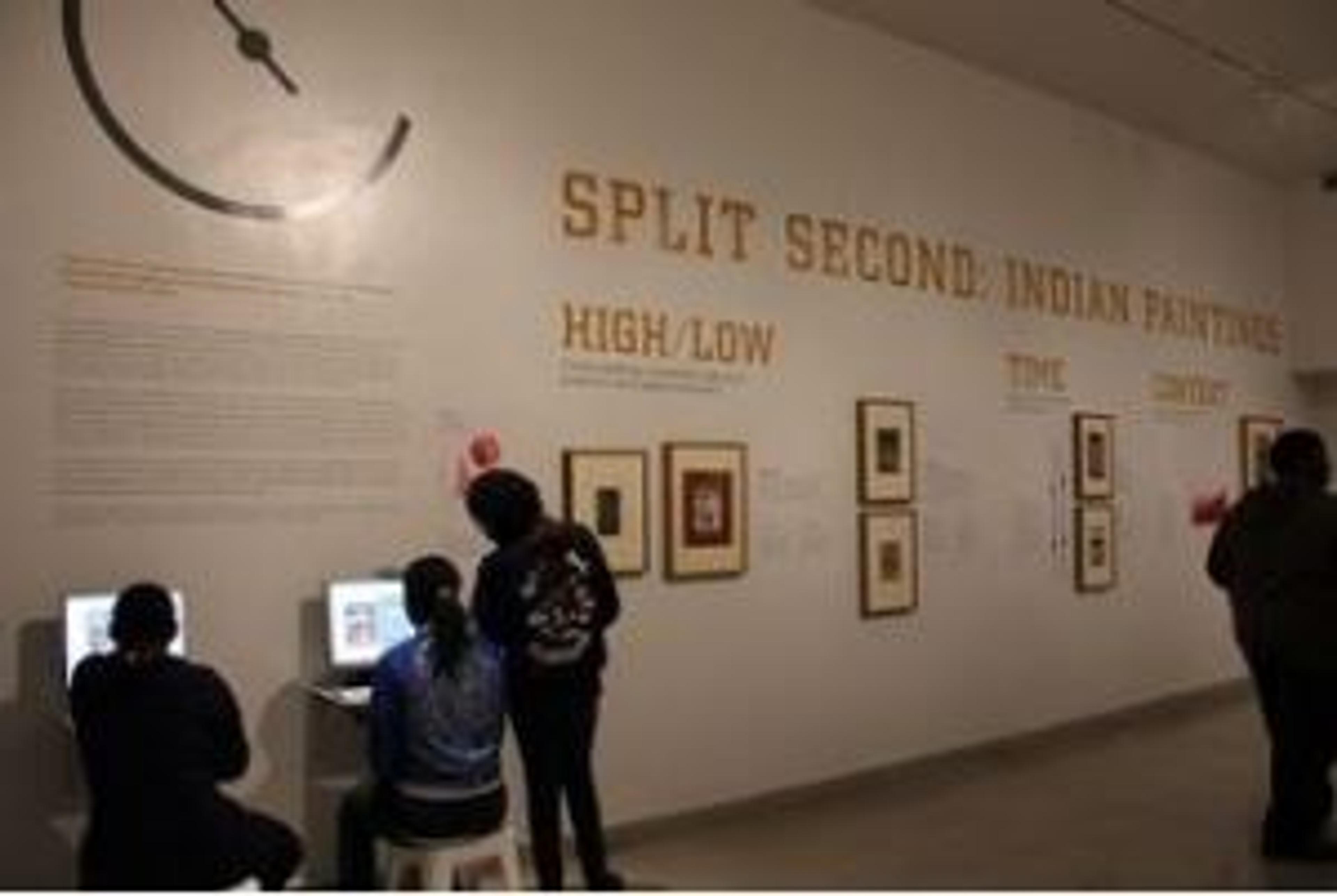Split Second Indian Paintings
Split Second invites the Brooklyn Museum’s online community to participate in a project that will result in a small installation of Indian paintings from the Museum’s permanent collection. Taking its inspiration from the critically acclaimed book Blink: The Power of Thinking Without Thinking, by Malcolm Gladwell, this online experiment and resulting installation will explore how our initial reaction to a work of art is affected by what we know, what we’re asked, and what we’re told about the object in question.
Split Second begins with a three-part activity that explores the Museum’s collection of Indian paintings; participation is open to anyone with an Internet connection. The first stage explores split-second reactions: in a timed trial, participants will be asked to select which painting they prefer from a randomly generated pair of images. Next, participants will be asked to write in their own words about a painting before rating its appeal on a scale. In the third phase, participants will be asked to rate a work of art after being given unlimited time to view it alongside a typical interpretive text. Each part of the exercise aims to examine how a different type of information—or a lack thereof—might affect a person’s reaction to a work of art.
Split Second culminates with an installation on the Museum’s second floor, opening July 13, 2011. Visitors will be able to view a small selection of the paintings that generated the most controversial and dynamic responses during the evaluation process, accompanied by a visualization and analysis of the data collected. The Brooklyn Museum’s collection of Indian paintings ranks among the top ten in the United States, representing the artistic traditions of many different regions, with examples dating from the fifteenth century to the nineteenth. Many of the works in this project have not been on view for several years, owing to their light sensitivity. The installation offers a rare opportunity to see these paintings in person and consider them in a new light.
Split Second: Indian Paintings is organized by Shelley Bernstein, Chief of Technology, in consultation with Joan Cummins, Lisa and Bernard Selz Curator of Asian Art, Brooklyn Museum.
Organizing department
Asian Art
Media
Read more about Split Second on our blog.








